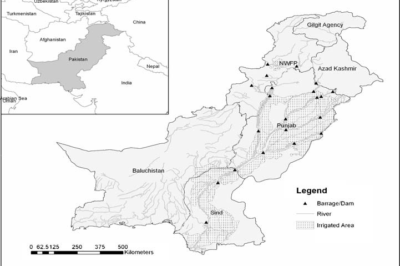With its varied topography and lush plains, Pakistan is a nation where the agriculture sector thrives, influencing its economy, employment landscape, and international trade. Its agricultural prowess has made its place on the global stage in South Asia’s heart. This piece explores the complex web of Pakistan’s agricultural industry, underlining the value of the National Agricultural Research Centers and their difficulties in a rapidly changing world.
A Diverse Agricultural Landscape
Pakistan is home to a rich and diverse agricultural economy. This South Asian country is renowned for its varied products, including rice, cotton, fish, and various fruits and vegetables. However, it is not only the amount of production that makes Pakistan’s agricultural canvas so bright but also the distinctive goods that originate in its fertile soils. Pakistan’s agricultural prowess is a monument to its land’s bounty and its farmers’ perseverance.

Rice— The Crown Jewel
Rice is the crop that best represents Pakistan’s agricultural might. One of the biggest producers and exporters of rice in the world is Pakistan. The vast plains of the Indus Valley are perfect for rice growing. Pakistani specialties like basmati rice are highly sought-after export goods because of their distinctive flavor and aroma. The country’s expertise in rice cultivation has given it the title “The Rice Bowl of Asia.”
Cotton—National Fabric
In Pakistan’s agricultural environment, cotton has a distinct significance. Pakistan is the world’s third-largest cotton producer, making it an essential role in the textile sector. The backbone of this industry is the cotton fields of Punjab and Sindh, which provide the raw materials for a booming textile and apparel industry, a significant contributor to the national economy.
Aquatic Resources
Pakistan has a strong seafood sector due to its lengthy Arabian Sea coastline. The country is a significant exporter of fish and seafood, with Karachi serving as the trading center. Pakistan is a powerful player in the worldwide seafood market because of its marine treasure, which includes tasty pomfret and luscious shrimp.
Colorful Fruits and Vegetables
Pakistan has a diverse range of fruits and vegetables. Oranges (Kinnow), primarily grown in Sargodha, are known for sweetness and juiciness. Multan mangoes are renowned throughout the world for their distinct flavor and smell. The fruit orchards of Pakistan are a tribute to the nation’s horticultural prowess as they produce a range of fruits consumed locally and exported internationally.
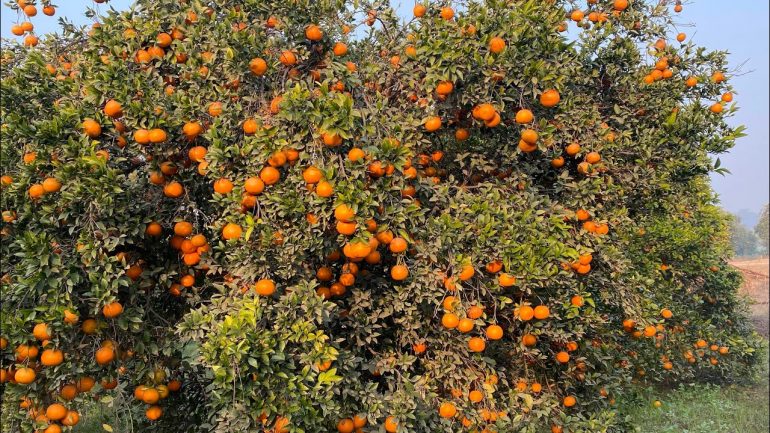
Additional Farm Treasures
Pakistan has an extensive range of agricultural products besides rice, cotton, and fruit. It is proud to be Asia’s largest camel market, highlighting the importance of animal farming in the country. Pakistan’s proficiency in the dairy and oil industries is further demonstrated by the fact that it is the world’s second-largest market for milk and ghee. Furthermore, it ranks third in cotton output, onion cultivation, and milk production, demonstrating its versatility in agriculture.
Agriculture as the Economic Foundation
Pakistan’s economy depends heavily on agriculture, the country’s lifeblood. With it, half of the country’s labor force is employed, contributing about 19.2 percent of the GDP. Beyond these numbers, agriculture is the key to Pakistan’s foreign exchange profits, a crucial component of the country’s economic system. Agricultural exports, including rice, cotton, and fruits, contribute considerably to the country’s foreign exchange profits. These revenues are essential for importing necessary commodities and technologies, ensuring economic stability.
This industry supports the rural economy and provides the government with revenue. Agribusiness helps the economy in many ways, including generating jobs in the food processing and textile industries and facilitating international trade. It employs around 42.3 percent of the labor force.
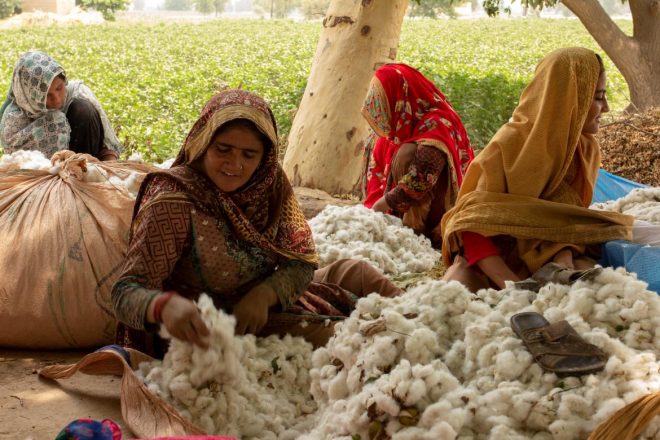
Sustaining Livelihoods
In Pakistan, agriculture is a way of life, not merely a sector of the economy. Every Pakistani’s daily bread and fruit consumption is directly tied to the success of the country’s agricultural economy. Agriculture feeds from crowded urban areas to remote rural areas. From the lush Punjabi plains to the dry regions of Sindh, farming is the primary source of income for millions of Pakistanis. This industry gives a sizeable section of the population economic options, whether in fieldwork, livestock care, or crop harvesting. By doing so, it serves as a barrier against unemployment and poverty, assisting in maintaining the country’s social fabric.
Irrigation and Production Determine Pakistan’s Agricultural Success
The outstanding irrigation infrastructure that spans a large section of Pakistan’s agricultural land is vital to the country’s agricultural success story. Pakistan is now among the world’s top agricultural producers because of its massive network of canals and water management facilities. Around 80% of the land is used for agriculture.
Pakistan’s irrigation history extends back to the Indus Valley Civilization when the ancient inhabitants created an elaborate system of canals to harness the waters of the Indus River. This historical foundation laid the groundwork for modern irrigation methods. The Indus Basin Irrigation System, Pakistan’s irrigation miracle, is the world’s largest contiguous canal irrigation network.
The country’s irrigation system is finally keeping up with the digital era. Water use and distribution are monitored and optimized using remote sensing and data analytics. It covers thousands of kilometers and pulls water from the Indus River and its tributaries to give crops essential hydration.
Crop Management Opportunities and Challenges
While agriculture is the backbone of the Pakistani economy, it has challenges. The sector’s sustainability is in danger from problems like water scarcity, a growing concern over declining soil fertility, old-fashioned farming methods, and climate change. These challenges, however, provide opportunities for innovation, investment, and modernization. The government and several stakeholders are putting forth much effort to address these problems and ensure the agriculture industry’s long-term viability.
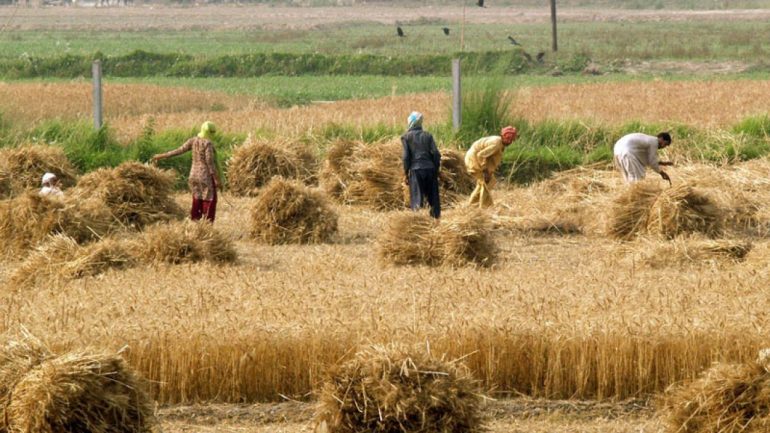
Managing a massive irrigation network also has its barriers. Pakistan has had to constantly adapt to address concerns such as water scarcity, wasteful water use, and infrastructure maintenance. Pakistan’s irrigation system must become more effective and environmentally friendly during growing water constraints. To make the best use of available resources, new water-saving strategies like drip irrigation are being investigated.
Also Read: Türkiye sends humanitarian aid to Gaza
The Need for Reliable Data in Understanding the Agricultural Landscape
Accurate and timely agricultural data play a crucial role in a world where data-driven decision-making is becoming increasingly critical. Agricultural data analysis has traditionally focused on staple crops like wheat, cotton, and rice. Still, other necessary commodities, including pulses, onions, potatoes, chilies, and tomatoes, have become more economically significant in recent years.
The National Agricultural Research Centre (NARC) Islamabad, Agriculture University Faisalabad, Ayub Research Faisalabad, and other organizations significantly contribute to the availability of trustworthy agricultural data in Pakistan.
Worth of Data in Agriculture
Pakistan’s economy relies heavily on the agricultural sector. Understanding the farm landscape dynamics is critical for policymakers, planners, and academics to make well-informed choices concerning food security, crop management, and rural development. The ability to effectively manage resources, adapt to changing market conditions, and feed a growing population depends on up-to-date information on crop area, productivity, and yield.
NARCs’ and Other Institutions’ Roles
Data gathering: In Pakistan, the National Agricultural Research Centre (NARC) is a critical organization in the hunt for accurate agricultural data. NARC is crucial in gathering, evaluating, and disseminating essential crop information.
It ensures that decision-makers at all levels can access the most recent information, allowing them to create policies and strategies that align with the agricultural industry’s realities. Comprehensive data collecting is facilitated by the organization’s vast network of research stations and relationships with universities and research institutions.
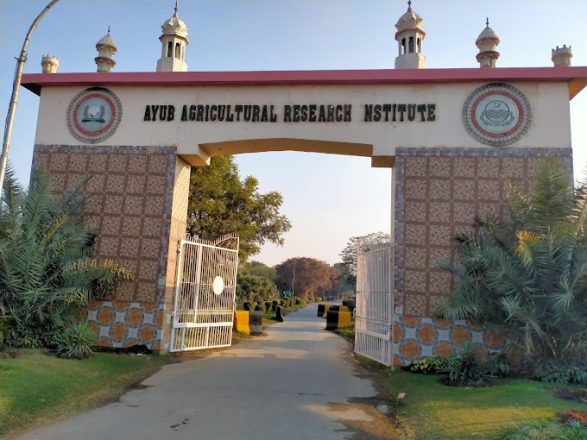
Research and Analysis: Other research Institutions like Agriculture University Faisalabad and Ayub Agricultural Research Institute Faisalabad actively engage in research and data analysis, offering insightful information on crop performance, managing pest and disease outbreaks, and using sustainable agricultural methods.
Support for Policy: These institutions’ data serve as the basis for developing policies based on fact. Policymakers can use this data to create measures that support agricultural expansion, tackle problems with food security, and ensure resource distribution equitably.
Building Capacity: These institutions also play a significant role in preparing the next generation of agricultural professionals with the knowledge and abilities necessary to harness the potential of data for sustainable agriculture.
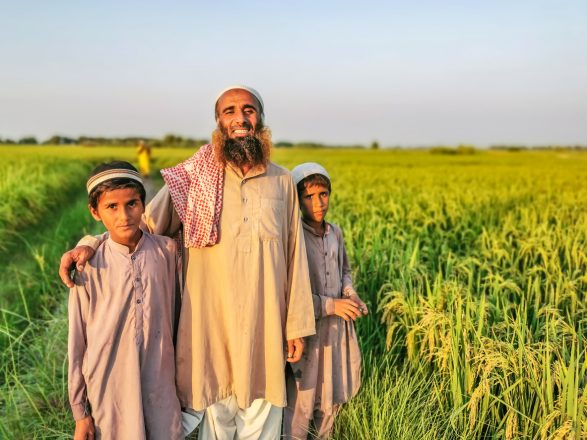
Pakistan’s agricultural diversity knows no bounds, ranging from the fragrant rice fields to the cotton plains, from the abundant orchards to the diverse marine life. This nation stands out in agriculture not just because of its productivity but also because of its unique tapestry of flavors and goods. Pakistan’s agricultural journey reflects its tenacity and ingenuity in maintaining food security and contributing to agricultural prosperity worldwide due to its industrious farmers and fertile plains.
International Relations Scholar interested in National Security strategies, with a good focus on Geo-Politics, Foreign Policy, and Public & Cultural Diplomacy.

